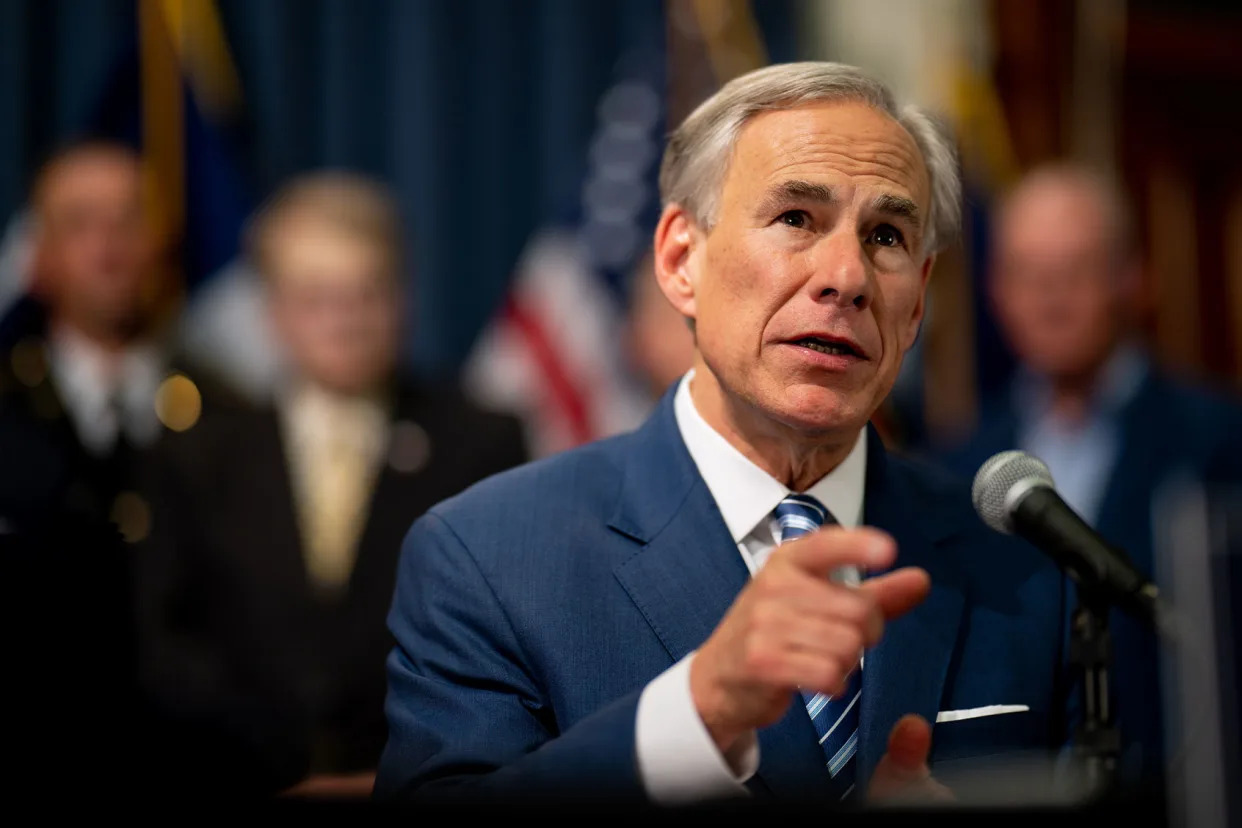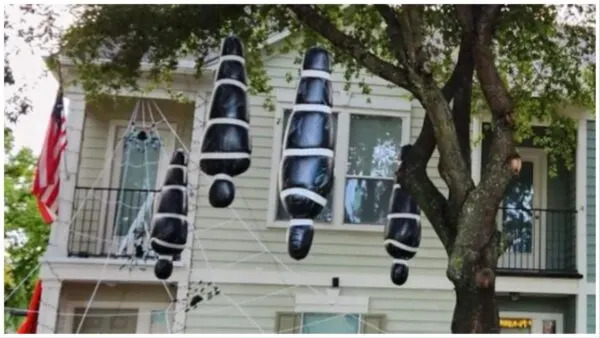Birthplace of the atomic bomb braces for its biggest mission since the top-secret Manhattan Project
SUSAN MONTOYA BRYAN
Sat, September 23, 2023
LOS ALAMOS, N.M. (AP) — Los Alamos was the perfect spot for the U.S. government’s top-secret Manhattan Project.
Almost overnight, the ranching enclave on a remote plateau in northern New Mexico was transformed into a makeshift home for scientists, engineers and young soldiers racing to develop the world’s first atomic bomb. Dirt roads were hastily built and temporary housing came in the form of huts and tents as the outpost's population ballooned.
The community is facing growing pains again, 80 years later, as Los Alamos National Laboratory takes part in the nation's most ambitious nuclear weapons effort since World War II. The mission calls for modernizing the arsenal with droves of new workers producing plutonium cores — key components for nuclear weapons.
Some 3,300 workers have been hired in the last two years, with the workforce now topping more than 17,270. Close to half of them commute to work from elsewhere in northern New Mexico and from as far away as Albuquerque, helping to nearly double Los Alamos' population during the work week.
While advancements in technology have changed the way work is done at Los Alamos, some things remain the same for this company town. The secrecy and unwavering sense of duty that were woven into the community's fabric during the 1940s remain.
James Owen, the associate lab director for weapons engineering, has spent more than 25 years working in the nuclear weapons program.
“What we do is meaningful. This isn’t a job, it’s a vocation and there’s a sense of contribution that comes with that," Owen said in an interview with The Associated Press following a rare tour of the facility where workers are preparing to piece together plutonium cores by hand. "The downside is we can’t tell people about all the cool things we do here.”
While the priority at Los Alamos is maintaining the nuclear stockpile, the lab also conducts a range of national security work and research in diverse fields of space exploration, supercomputing, renewable energy and efforts to limit global threats from disease and cyberattacks.
The welcome sign on the way into town reads: “Where discoveries are made.”
The headline grabber, though, is the production of plutonium cores.
Lab managers and employees defend the massive undertaking as necessary in the face of global political instability. With most people in Los Alamos connected to the lab, opposition is rare.
But watchdog groups and non-proliferation advocates question the need for new weapons and the growing price tag.
“For some time Los Alamosans have seemed numbed out, very involved in superficial activities but there is a very big hole in the middle where thoughtful discourse might live,” Greg Mello, director of the Los Alamos Study Group, a nonprofit that has been challenging the lab over safety, security and budget concerns, said in an email.
Town officials are grappling with the effects of expansion at the lab, much like the military generals who scrambled to erect the secret city on the hill in 1943.
The labor market is stressed, housing is in short supply and traffic is growing. There are few options for expansion in a town bordered by the national forest, a national park and Native American land, leaving county officials to reconsider zoning rules to allow developers to be more creative with infill projects.
Still, officials acknowledge it will take time for those changes to catch up with demand and for prices to normalize in what is already one of the most affluent counties in the U.S. With the lab being the largest employer, Los Alamos also boasts the highest per-capita levels of educational attainment with many residents holding master's degrees and Ph.Ds.
Owen is originally from Peñasco, a Hispanic village in neighboring Taos County. His fascination with science was sparked by a high school field trip where he learned about explosions and implosions. It wasn't long before he landed a summer job at the lab and went on to earn engineering degrees that helped him move up through the ranks.
Los Alamos taps into regional schools as a generational pipeline. Grandfathers work as machinists. Mothers solder key components. And daughters become experts at tracking radiation.
Alexandra Martinez, 40, grew up in nearby Chimayo and is the latest in her family to work at Los Alamos. She chuckles when asked if she was born into it.
“That's what I wanted — the ability to do something great,” said Martinez, a radiation control technician who is stationed at PF-4, the highly classified complex that is being transformed into a more modern plutonium pit factory.
She must pass through fencing topped with concertina wire and checkpoints manned by armed guards. The layers of security are more sophisticated than those from the Manhattan Project era, when all incoming and outgoing mail was censored and telephone calls were monitored.
Los Alamos became an open city when the security gates came down in 1957. Still, many parts — including historic sites related to the Manhattan Project — remain off limits. Tourists have to settle for selfies near the town square with the bronze statue of physicist J. Robert Oppenheimer.
Across the street, rangers at the Manhattan Project National Historical Park visitor center answer questions about where scientists lived and where parties and town halls were held. A chalkboard hangs in the corner, covered in yellow sticky notes left by visitors. Some of the hand-written notes touch on the complicated legacy left by the creation of nuclear weapons.
It's a conversation that was reignited with the release of Christopher Nolan’s “Oppenheimer.” The film put the spotlight on Los Alamos and its history, prompting more people to visit over the summer.
The attention also boosted an ongoing effort to expand the federal government's radiation compensation program to cover people in several western states, including residents in southern New Mexico where the Trinity Test of the first atomic bomb was conducted in 1945.
Aside from pressing questions about the morality of nuclear weapons, watchdogs argue the federal government's modernization effort already has outpaced spending predictions and is years behind schedule. Independent government analysts issued a report earlier this month that outlined the growing budget and schedule delays.
For lab managers, the task has not been easy. Modern health and safety requirements mean new constraints Manhattan Project bosses never had to contemplate. And yet, just like their predecessors, Owen said officials feel a sense of urgency amid intensifying global threats.
“What's being asked is that we all need to do better in a faster amount of time," he said.





















